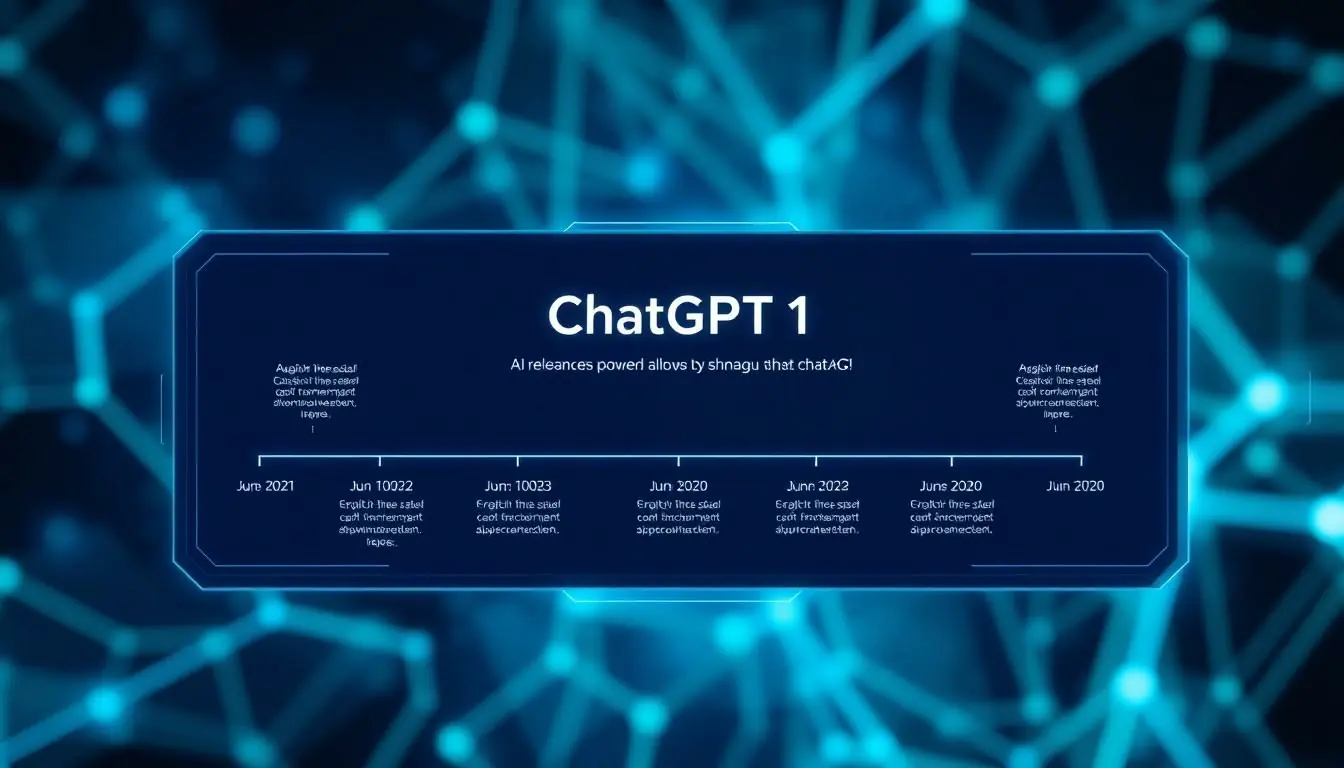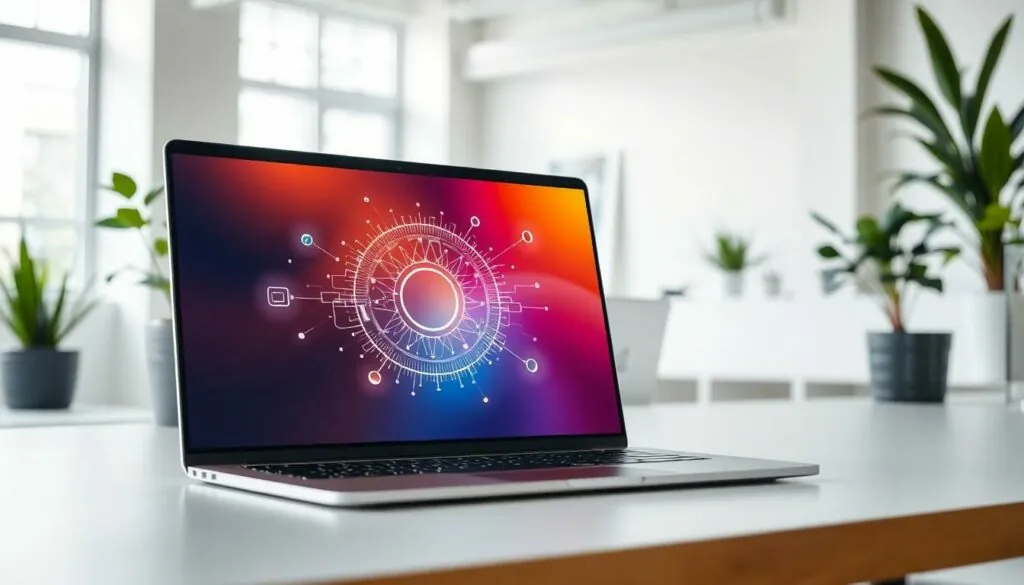Table of Contents
ToggleIn the fast-paced world of AI, milestones often feel like yesterday’s news. But when it comes to ChatGPT, the excitement is hard to ignore. Imagine a virtual assistant that can chat, joke, and maybe even help you solve your existential crisis—sounds like science fiction, right? Well, it’s not!
ChatGPT 1 made its debut in June 2020, and it was like the cool kid at school who suddenly made everyone else rethink their social game. This groundbreaking model opened the floodgates for conversational AI, paving the way for the impressive iterations that followed. So, buckle up as we dive into the timeline of ChatGPT’s journey and explore how this digital marvel transformed the way we interact with technology.
Overview of ChatGPT
ChatGPT launched in June 2020, marking a pivotal moment in conversational AI. Developed by OpenAI, it serves as a virtual assistant capable of engaging users in dynamic conversations. Users appreciate its ability to understand context and respond appropriately.
Multiple iterations followed the initial release. OpenAI introduced upgrades to enhance functionality and improve user experience. Each version aimed to refine conversation quality and reduce misunderstandings.
At its core, ChatGPT utilizes deep learning techniques, primarily relying on the Generative Pre-trained Transformer architecture. This architecture enables it to predict and generate human-like text based on user prompts. Adaptability stands out as a key feature, allowing ChatGPT to cater to diverse topics and user needs.
Feedback played a crucial role in shaping subsequent versions. OpenAI actively encouraged user insights to promote continuous improvement. This iterative process resulted in a more robust and responsive conversational tool.
Applications of ChatGPT span various domains. Businesses leverage it for customer support, while educators use it to assist students with learning. Its versatility elevates interactions in fields such as gaming, healthcare, and content creation.
ChatGPT exemplifies significant advancements in natural language processing. Engaging with its conversational capabilities highlights the technology’s potential to transform human-computer communication. Accessing real-time information and providing instant feedback contributes to its appeal.
Timeline of ChatGPT Releases

The timeline of ChatGPT releases highlights the advancements in conversational AI technology. OpenAI’s ongoing commitment to improving user experience shows through each iteration.
Release of ChatGPT 1
ChatGPT 1 officially launched in June 2020. This initial version marked a significant step in natural language processing. Its introduction generated interest in AI-driven conversational agents. The model’s design aimed at providing users with meaningful interactions. Expectations for AI capabilities began to shift following this release.
Key Features of ChatGPT 1
ChatGPT 1 showcased several pioneering features. It utilized the Generative Pre-trained Transformer architecture, emphasizing a deep learning framework. Users experienced dynamic and context-aware conversations, enhancing engagement. The model’s ability to generate coherent responses was notable. Feedback mechanisms enabled rapid iterations and improvements. ChatGPT 1 laid the groundwork for subsequent models by fostering user interaction.
Impact of ChatGPT 1
ChatGPT 1 made a notable impact on the field of conversational AI. Designed by OpenAI, it changed the landscape of human-computer interaction, making conversations more engaging and context-aware.
Reception by Users and Developers
Users responded positively to ChatGPT 1, appreciating its ability to generate coherent and contextually relevant responses. Developers engaged with the platform, recognizing its potential for various applications, from customer support to educational tools. Feedback from these users drove rapid refinements, fostering an environment for continuous improvement. The adaptability of ChatGPT 1 encouraged exploration beyond typical conversational tasks, inspiring innovation in AI-driven applications.
Comparison with Previous Models
Compared to earlier models, ChatGPT 1 showcased significant advancements in natural language processing capabilities. Previous iterations struggled with maintaining context over longer interactions. ChatGPT 1 improved this aspect, enhancing the quality of dialogue through better coherence and understanding of user prompts. With its foundation on the Generative Pre-trained Transformer architecture, ChatGPT 1 set a new standard for conversational AI, compelling developers to rethink previous limitations in machine learning.
Evolution of ChatGPT
ChatGPT has undergone significant transformations since its launch. Continuous upgrades reflect OpenAI’s dedication to enhancing its conversational AI capabilities.
Subsequent Releases
ChatGPT 2 appeared shortly after the first version, introducing improved text generation and increased ability to understand user intent. Following that, ChatGPT 3 emerged in June 2020, marked by even more advanced language processing and increased parameters—175 billion compared to 1.5 billion in ChatGPT 1. Developers noted an elevated capacity for nuanced conversations, allowing for richer interactions. Subsequent iterations focused on refining safety measures, increasing reliability, and reducing biases in responses. Each release responded to user feedback, enabling tailored adjustments to meet varying demands across sectors, including education and customer service. This evolution demonstrates a relentless pursuit of excellence in the realm of conversational agents.
The release of ChatGPT 1 in June 2020 marked a pivotal moment in the realm of conversational AI. Its innovative design and advanced natural language processing capabilities set new benchmarks for human-computer interaction. The positive user feedback highlighted its effectiveness in generating coherent and contextually relevant responses.
As subsequent versions emerged improvements became evident in functionality and user experience. OpenAI’s commitment to refining this technology continues to shape the future of conversational agents. ChatGPT’s journey reflects not only technological advancement but also its growing influence across various industries. The evolution of ChatGPT underscores its potential to redefine communication and engagement in an increasingly digital world.



